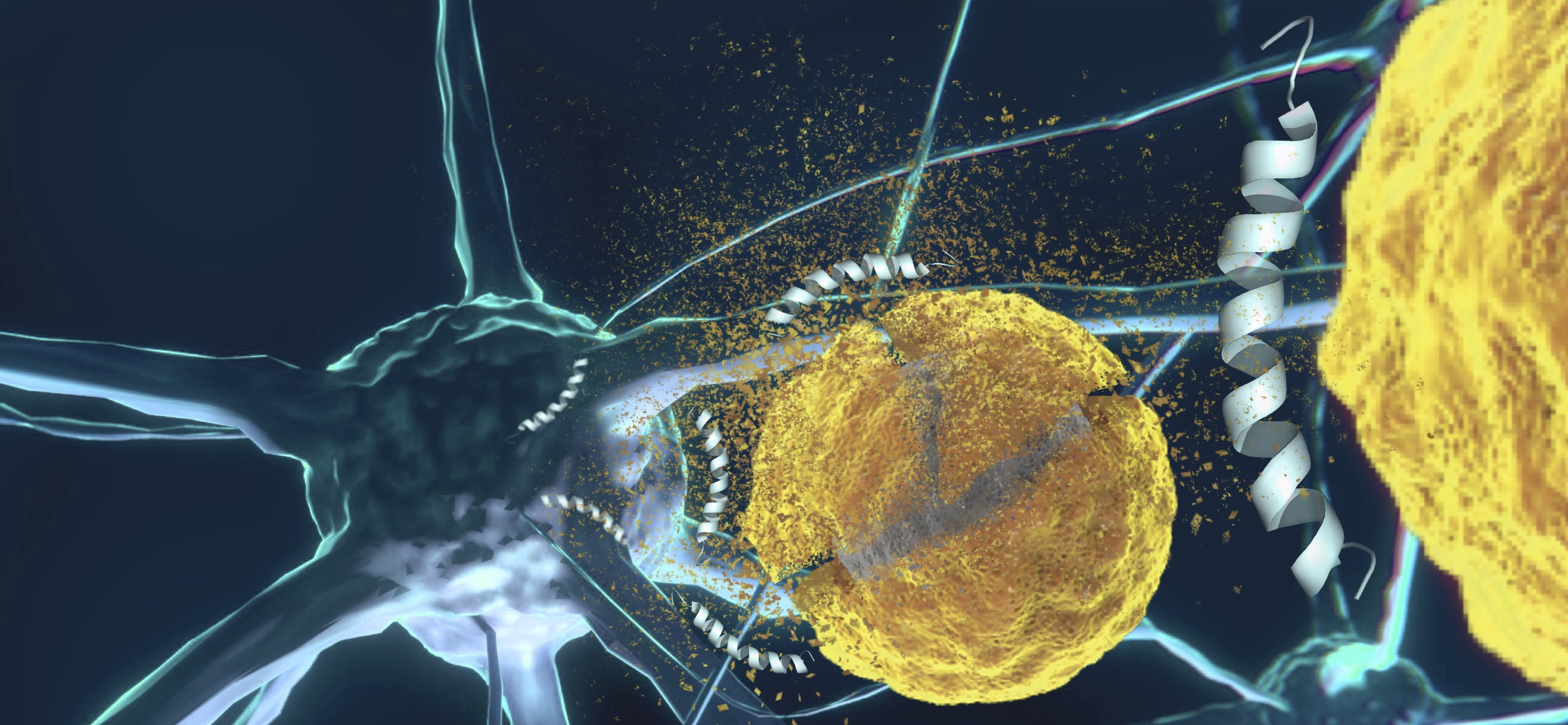
PACAP is a pathogen-inducible resident antimicrobial neuropeptide affording rapid and contextual molecular host defense of the brain
Abstract
Defense of the central nervous system (CNS) against infection must be accomplished without generation of potentially injurious immune cell-mediated or off-target inflammation which could impair key functions. As the CNS is an immune privileged compartment, inducible innate defense mechanisms endogenous to the CNS likely play an essential role in this regard. Pituitary adenylate cyclase-activating polypeptide (PACAP) is a neuropeptide known to regulate neurodevelopment, emotion and certain stress responses. While PACAP is known to interact with the immune system, its significance in direct defense of brain or other tissues is not established. Here, a machine learning classifier identified PACAP as an antimicrobial neuropeptide. Furthermore, synchrotron x-ray scattering, antimicrobial assays and mechanistic fingerprinting provided precise insights into how PACAP exerts antimicrobial activities versus pathogens via multiple and synergistic mechanisms, including dysregulation of membrane integrity and energetics and activation of cell death pathways. Importantly, resident PACAP is selectively induced up to 50-fold in the brain in mouse models of Staphylococcus aureus or Candida albicans infection in vivo, without inducing immune cell infiltration. Moreover, PACAP exerted potent antimicrobial efficacy in conditions simulating cognate physiologic contexts in vitro. Phylogenetic analysis of PACAP revealed close conservation of predicted antimicrobial properties spanning primitive invertebrates to modern mammals. Together, these findings substantiate our hypothesis that PACAP is an ancient neuro-endocrine-immune effector that defends the CNS against infection while minimizing potentially injurious neuroinflammation. Prospectively, these results elevate PACAP as a template for novel anti-infective agents that preserve essential functions of the central nervous system.